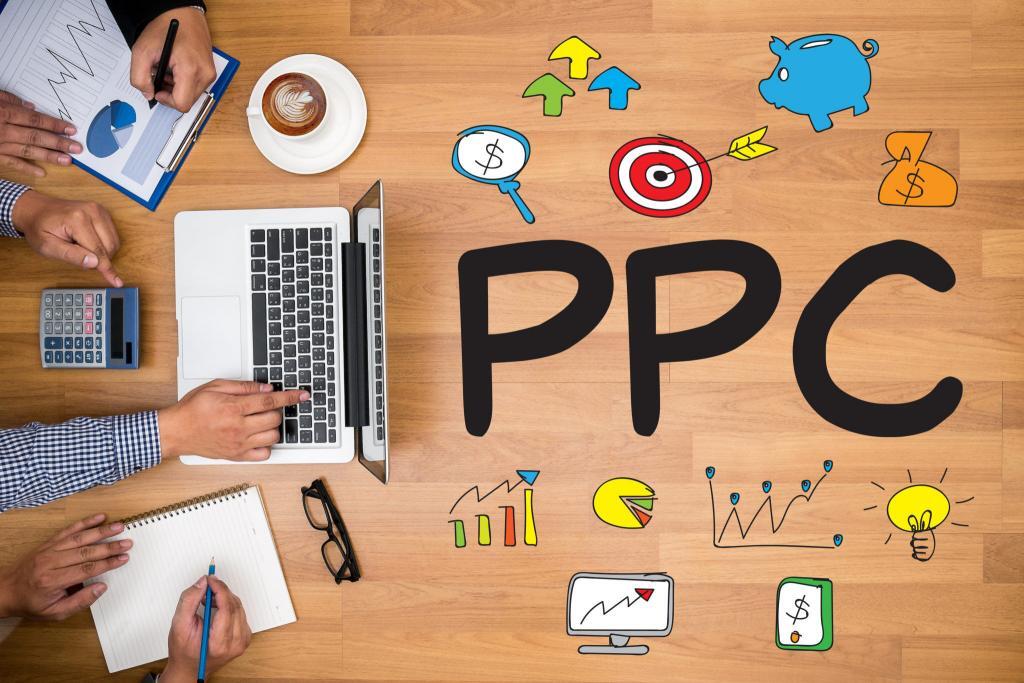
Picking the appropriate attribution model for your goals is vital to understanding how your PPC campaigns are performing and the revenue they’re generating for your business. For years, last click attribution has been Google’s default for determining where a sale or conversion occurred. But everything changes, and it’s time to look at whether last click is still the last word.
What is an Attribution Model?
First, let’s quickly go over attribution models. You might think of them as the “whodunit” of PPC. When you run a series of PPC ads for a new product or service they may be clicked on for multiple reasons. For example, it could be to:
- Check out your website for the first time.
- Read one or more of your blog posts or sign up for a newsletter.
- Download a case study.
And, ultimately, it could be to make a purchase. Ask yourself: Is it possible to say which click resulted in the conversion? Is it always the last click that was the decider? Is that where your spend should be made for future campaigns?
Google now has 6 models for Ads: last click attribution, first click, linear, time decay, position-based, and data-driven that determine how your analytics tool applies credit for clicks and conversions. Choosing the right model is important for understanding which of your campaigns is generating the most leads and revenue.
Last Click Attribution Defined
This model is exactly what it sounds like—all the credit for conversion goes to the ad that was last clicked and the corresponding keyword. It’s still the most commonly used, but there are other possible touchpoints that could have led to the conversion but receive no credit for the purchase.
Last click attribution is good for showing you what the final point is in the buying journey. But, like first click, it doesn’t consider all the other marketing campaigns that may have played a crucial role in inspiring the sale. Or put another way, the model doesn’t account for any of your other campaigns a lead interacted with.
Last Click Attribution, Position-Based, or Hybrid Model?
There is no one-size-fits all attribution solution and the one you choose greatly depends on your specific needs and the channels you’re analyzing. As the model you select determines the relationship between you, your Google Ads account, and your customer’s path to purchase, it’s important to choose carefully.
So it might be better to think of attribution models in terms of “when,” not “which.” That’s because one model might be better for answering the analytical question you’re trying to answer. Use just one attribution model across the board and you risk not getting the full picture and over or undervaluing sources, channels, or campaigns. Using multiple models lets you aggregate the data but you risk double-counting and over-reporting. That’s why knowing what you want to learn and then using the right model to answer that question makes sense. For example, if you want to know which channels are your closers, the last-click attribution model is probably best.
What does all this have to do with your PPC performance? PPC optimization relies on available data. The more intuitive that data is, the better the optimizations and the fewer failed campaigns. To decide which model is “right,” ask yourself questions like:
- Does my business value earlier ad clicks on the conversion path?
- Are first attractions as important as last interactions?
- Would looking at different attribution models help optimize my ads for better performance?
The objective is to figure out how to properly attribute the success of your PPC campaigns as they relate to your overall marketing goals. That means also tracking keywords and ads that “assisted” the last click.
The Last Word
The “best” attribution model is the one that is best for your business. Though some people claim last-click is “dead,” it can still be useful in determining certain conversions. But it can be a mistake to attribute all of them to that final click.
Atkins Marketing Solutions can help you get a much deeper understanding of where your customers are really coming from by determining when to use last-click or another attribution model. To learn more, contact us online today or call us at 714.904.4453.
Stuart Atkins


Leave a Reply